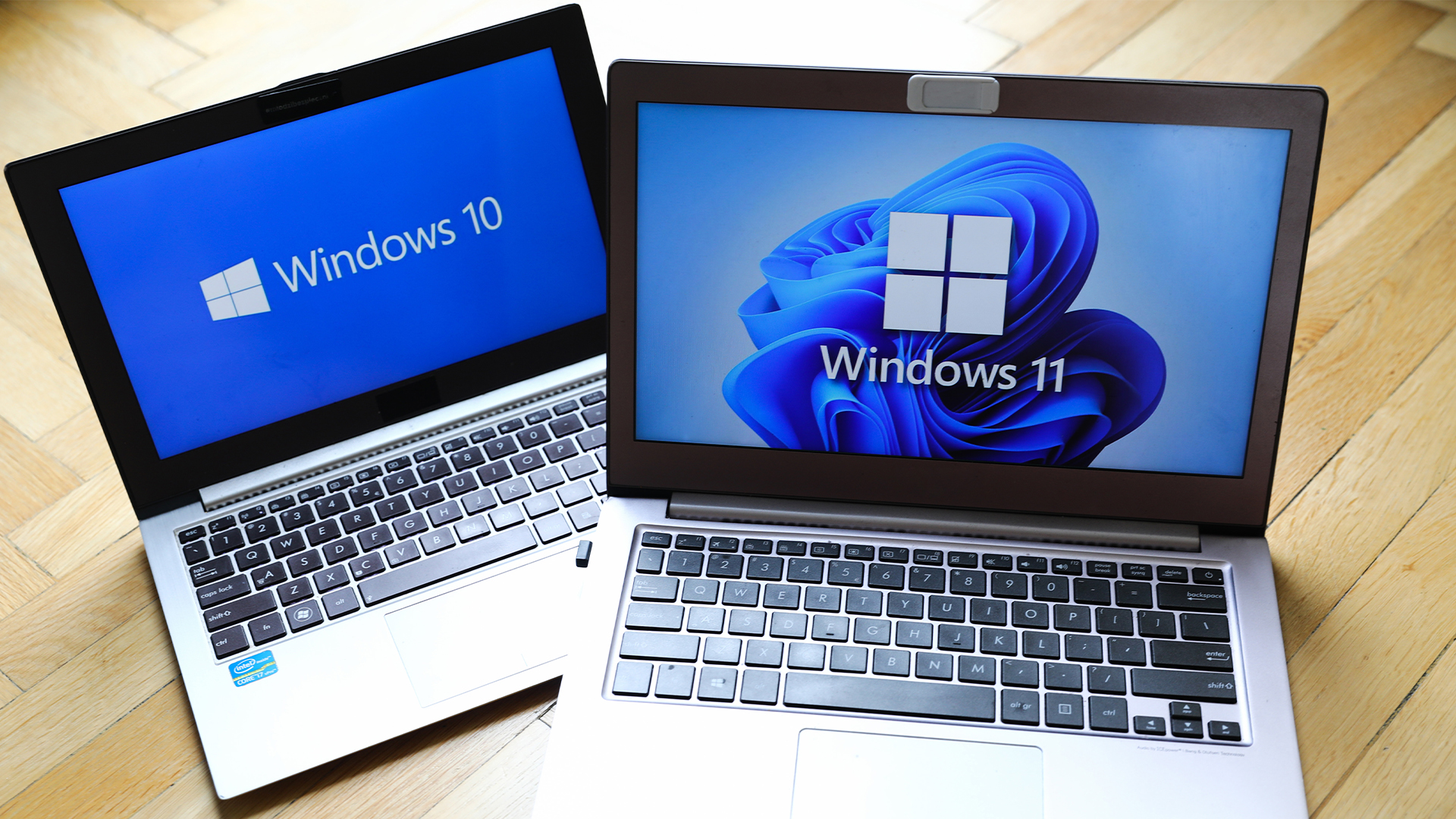
""The number of systems affected by infostealers closely mirrors the overall operational system market share - Windows 10 has been heavily targeted for years due to its popularity.""
""Once an operational system reaches this deadline, it no longer receives any security updates, vulnerability patches, or support from the software creator.""
As the deadline for Windows 10's end of life (EOL) approaches in October, organizations face increasing cybersecurity risks by delaying migration to Windows 11. New data indicates that a significant portion of systems, nearly 60%, remain on Windows 10, which has been a prime target for cyberattacks due to its popularity. Experts warn that once Windows 10 reaches EOL, it will no longer receive security updates, exposing users to known vulnerabilities that attackers can exploit more easily. Approximately 30-40% of systems could still be running Windows 10 at EOL, emphasizing the need for timely migration to safeguard against cyber threats.
Read at IT Pro
Unable to calculate read time
Collection
[
|
...
]